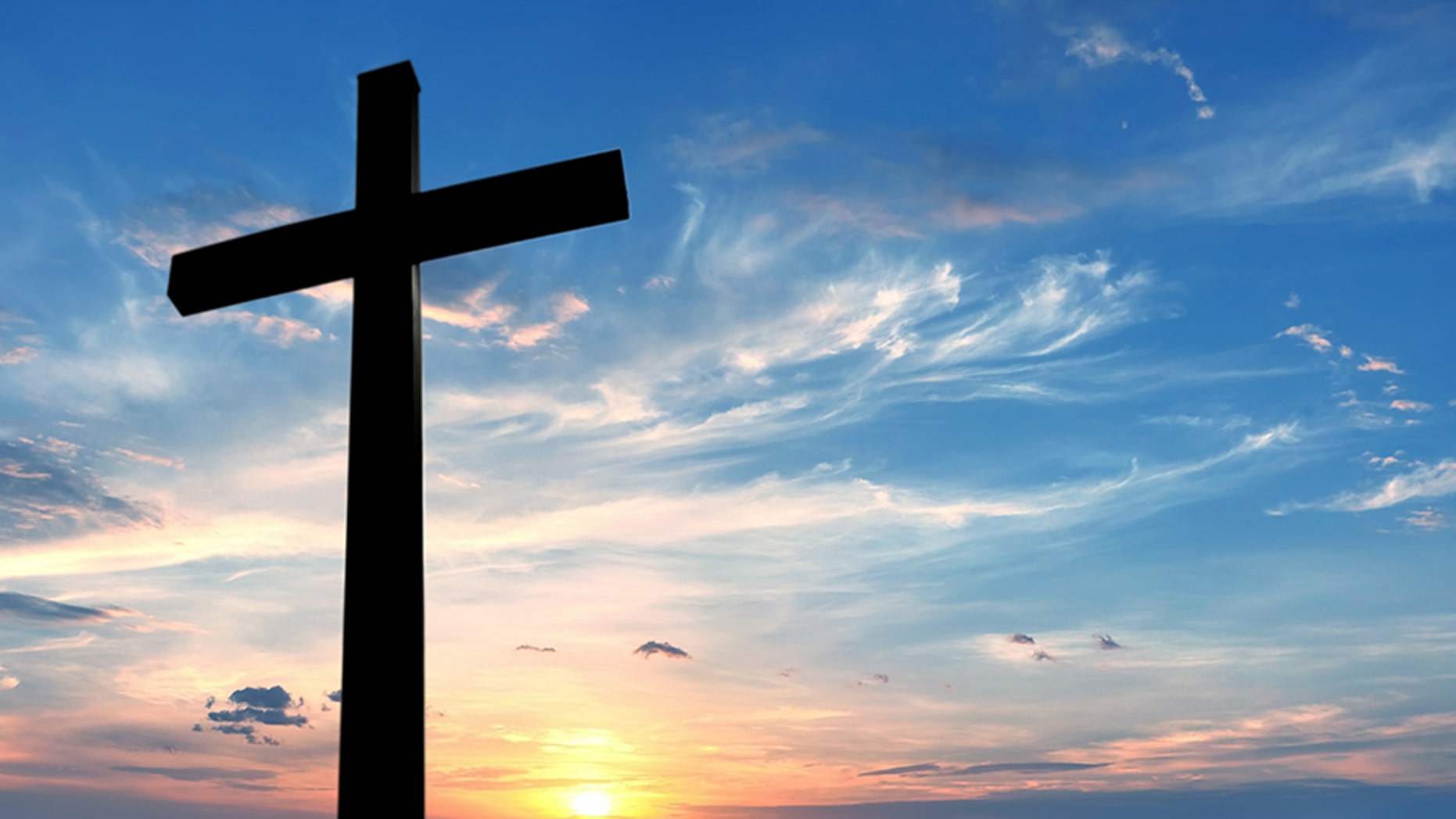Hey! It’s your friendly neighborhood anthropology
major Nicole, back once more to talk about Viking culture. In this blog post, I’ll
be discussing the syncretism of Christianity and pagan religion as it happened
in Iceland around the year 1000. To do this, I’ll be looking at how this event
was described in Njal’s saga—a saga that is known for mirroring some historical
truths. What influenced the abrupt conversion to Christianity? How did it
impact Viking culture? These are a couple of the questions I’ll be attempting
to answer.

First, I think it’s necessary to define syncretism here.
Syncretism is, essentially, a combination of religions, cultures, or modes of
thinking. In this context, we’ll be discussing the amalgamation of the brand-new
religion, Christianity, with the pre-existing pagan religion following the Old Norse
gods. While it’s true that a conversion to Christianity took place in Iceland and
the culture shifted rapidly, this doesn’t mean that the ways of thinking and
existing that were tied to paganism completely died out. Instead, what Iceland
was left with was this strange combination of the two lifestyles that, in the
end, didn’t lead to a radically different culture for a long time.
What pushed people to convert to Christianity? Law was
a major factor, it seems like. At the Thing in Njal’s saga, Thorgeir made a point
that if everyone was split on their laws and religion, then peace would also be
split, and nobody could live with that. He announced this once they had reached
a decision:
‘This
will be the foundation of our law,’ he said, ‘that all men in this land are to
be Christians and believe in one God – Father, Son, and Holy Spirit – and give
up all worship of false idols, the exposure of children, and the eating of
horse meat. Three years’ outlawry will be the penalty for open violations, but
if these things are practiced in secret there shall be no punishment.’
It became the law for people to follow Christianity,
and to only perform pagan practices in private spaces. It’s said here that later,
pagan practices were prohibited in private settings, as well. But, this brings
up a good point. Despite their conversion to Christianity, people still
followed their old ways of living that were tied to their honor culture. They participated
in pagan traditions, as well as violent acts—they would fight and kill each
other over blood feuds, just as they had before the conversion. Christianity
didn’t immediately make them any more mild or peaceful. Njal’s saga gives many
good examples of this—one being when Hildigunn throws Hoskuld’s bloody cloak
over Flosi’s shoulders and invokes God when she persuades him to avenge his
fallen friend:
Then
she spoke: ‘This cloak, Flosi, was your gift to Hoskuld, and now I give it back
to you. He was slain in it. In the name of God and all good men I charge you,
by all the powers of your Christ and by your courage and manliness, to avenge all
the wounds which he received in dying – or else be an object of contempt to all
men.’
She is reifying Viking honor culture and violence as
she says this. Christianity didn’t have a large effect on how she thought he should
handle this situation. If anything, the religion gave her the language she
needed to convince him that avenging Hoskuld was something worth doing. While
they are undoubtedly Christians, they also have their pagan identity that cannot
be simply erased or replaced by a new religion or lifestyle.

There’s much more to be said on this topic, and many
more examples to give—my account of syncretism between paganism and
Christianity is simplified here, but I hope the point at least got across. Though
Iceland did rapidly convert to Christianity, there wasn’t this copy and paste
of Christian morals, ethics, and lifestyle. They remained true to their honor
culture and pagan practices while also taking the path to follow a new
religion.










